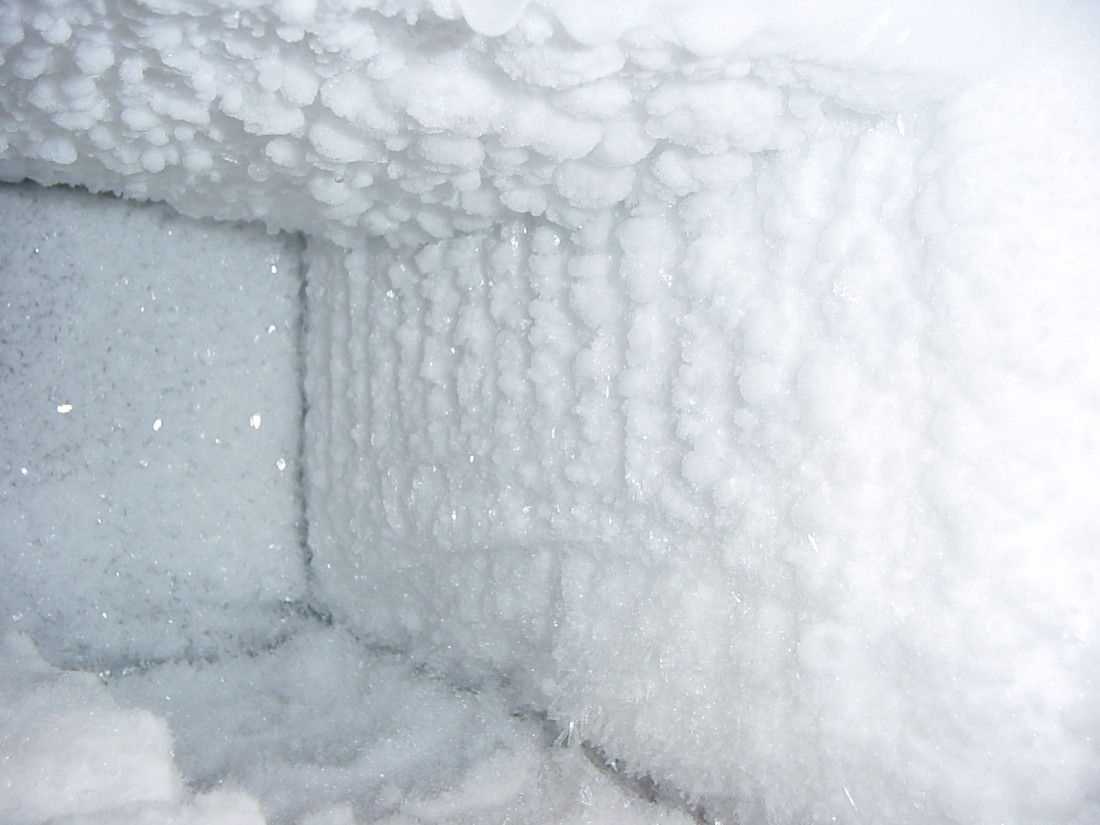A team of researchers have found a new material that acts as an effective coolant for refrigerators and air conditioners, yet is less toxic, more environmentally friendly, less flammable, and cheaper than current technology.
The results will make keeping food fresh and keeping rooms cool much safer, greener, cleaner, and cheaper.
Currently, most air conditioning systems or fridges use gases called hydrofluorocarbons (HFCs) or hydrocarbons (HCs) as a coolant. Not only are these gases toxic poisonous, but they can also cause fires. Additionally, if old fridges and AC units are not disposed of correctly (to capture the gases) then HFCs or HCs that are released into the atmosphere are highly damaging to the ozone layer and a major contributor to global warming.
“Refrigerators and air conditioners based on HFCs and HCs are also relatively inefficient,” says Dr Xavier Moya from the University of Cambridge, who led the study and is an expert in the field of solid coolants. “That’s important because refrigeration and air conditioning currently devour a fifth of the energy produced worldwide, and demand for cooling is only going up.”
Despite all the drawbacks, the current technology is relatively simple. As the journal Phys.org explains, “Conventional cooling technologies rely on the thermal changes that occur when a compressed fluid expands. Most cooling devices work by compressing and expanding fluids such as HFCs and HCs. As the fluid expands, it decreases in temperature, cooling its surroundings.”
For years, scientists have known about solid materials that could replace the potentially harmful HFCs and HCs, but as yet have been unable to make them as effective.
Now the breakthrough has been made using plastic crystals of neopentylglycol, as when placed under pressure these solids have been found to have excellent cooling properties. They operate well at room temperature, and are widely available in the manufacture of paints, lubricants, polyesters, and plasticisers. Crucially they are also cheap.
Using them as a coolant is relatively straightforward, as well as being more efficient than current techniques. This is a point highlighted on the Cambridge University website when it described how, “With solids, cooling is achieved by changing the material’s microscopic structure. This change can be achieved by applying a magnetic field, an electric field, or through mechanic force. For decades, these caloric effects have fallen behind the thermal changes available in fluids, but the discovery of colossal barocaloric effects in a plastic crystal of neopentylglycol (NPG) and other related organic compounds has now levelled the playfield.”
While the new material is referred to a plastic, the term only refers to the substance’s malleability, not its chemical contents. Plastic crystals lie at the border between solids and liquids.
NPG’s molecules are made up of hydrogen, carbon, and oxygen, and are nearly spherical, interacting with each other only weakly. As a result of these loose bonds, the molecules are able to rotate freely.
Compressing them yields large thermal changes as the molecules are forced to reconfigure themselves. The level of cooling achieved is comparable with that found in modern fridges with HFCs and HCs.
Dr Moya, together with his colleagues from the Universitat Politècnica de Catalunya and the Universitat de Barcelona, have now published the details of their discovery in the journal Nature Communications, where they state that, “Here we show that plastic crystals of neopentylglycol (CH3)2C(CH2OH)2 display extremely large pressure-driven thermal changes near room temperature due to molecular reconfiguration, that these changes outperform those observed in any type of caloric material, and that these changes are comparable with those exploited commercially in hydrofluorocarbons.”
The researchers are now working with Cambridge Enterprise, the commercialisation arm of the University of Cambridge, to try and bring the technology to market. While this will involve many challenges, the long list of advantages that the plastic crystals have over more traditional coolant materials will give the new business a good chance at success. Especially considering that the material is already widely available and inexpensive.
Beyond the profit, the breakthrough will also make analysis of novel refrigerants ‘cool’, drawing investment and study of the use of the colossal barocaloric effect in refrigeration systems.
As the researchers note, “Our discovery of colossal barocaloric effects in a plastic crystal should bring barocaloric materials to the forefront of research and development in order to achieve safe environmentally friendly cooling without compromising performance.”
Photo credit: freeimages

